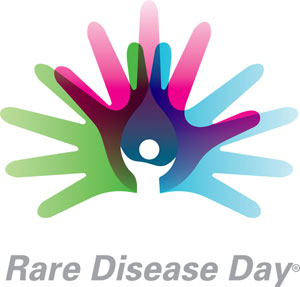Scoliosis affects 2-3% of the population, or an estimated 7 million people in the United States, and there is no cure.
Scoliosis impacts infants, adolescents, and adults worldwide with little regard to race or socio-economic status. The primary age of onset for scoliosis is 10-15 years old, occurring equally among both genders. However, females are eight times more likely to progress to a curve magnitude that requires treatment.
Scoliosis can impact the quality of life with limited activity, pain, reduced respiratory function, or diminished self-esteem.
The vast majority of people with this condition are not expected to require treatment. The problem is we do not know who will get it, why they get it, which will progress, or how far they will progress. Each year scoliosis patients make more than 600,000 visits to private physician offices, and an estimated 30,000 children are put into a brace for scoliosis, while 38,000 patients undergo spinal fusion surgery.
Despite physicians trying to treat this spinal deformity for centuries, 85% of the cases are classified as idiopathic. Consequently, a scoliosis patient’s life is exacerbated by many unknowns, and treatments therefore that are often ineffective, invasive, and/or costly. Scoliosis patients also have increased health risks due to frequent x-ray exposure.
Scoliosis is a multifactorial disorder, which requires multidisciplinary research and treatment.
For more information please visit The National Scoliosis Foundation’s website

